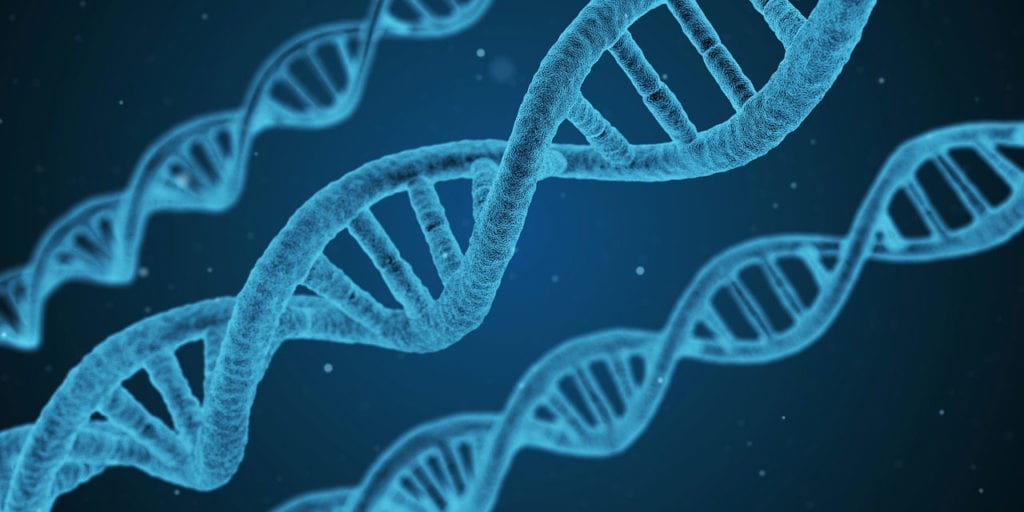Initially, when doctors in Malaysia met with the 21-year-old patient, they suspected that he had mandibuloacral dysplasia. The man, 21 years old, was short in stature (3.8 ft tall) and light in weight (46 lbs). His head circumference was smaller than average and he presented with unique characteristics such as poor vision, low body fat, dental crowding, a pointed nose and thin lips, and a small lower jaw. However, shares an article in Newswise, the man did not have mandibuloacral dysplasia. Instead, he was found to have a novel form of progeria.
Identifying a Novel Subtype
This discovery came after Malaysian doctors sent blood samples from the patient to Dr. Abhimanyu Garg, M.D.’s lab at UT Southwestern. The research team tested the samples but found no genetic variants associated with mandibuloacral dysplasia. This intrigued the researchers, who believed that the patient may have a novel or previously unknown condition. After scanning and sequencing the patient’s genome, as well as his family’s genome, the research team discovered a homozygous missense variant in TOMM7. Typically, disease-causing mutations for progeria are found in the LMNA gene.
Next, researchers completed more tests. They found that:
- Skin cells from the patient produced less proteins related to phospholipid metabolism, but more related to oxygen metabolism. They also consumed significantly more oxygen than healthy skin cells.
- TOMM7 mutations cause a mutant protein which inhibited protein transportation through the mitochondrial pore complex.
Moving forward, more research is needed to better understand TOMM7 and its relationship to progeria. Are there others with TOMM7 variants who are curently undiagnosed? Can exploring TOMM7 variants, such as the one found in this patient, give more insight into the intersection between genes and aging? Hopefully, in the future, we will have more information to answer and clarify these questions.
Interested in learning more? Take a look at the findings published in the Journal of Clinical Investigation.
About Progeria
Also known as Hutchinson-Gilford progeria syndrome, progeria is an ultra-rare and progressive genetic disorder which causes the dramatic and rapid appearance of premature aging. As described above, spontaneous LMNA mutations typically cause progeria. Normally, this gene produces a protein that supports the cell’s nucleus. However, the mutations cause instability within the nucleus. Children with progeria often look normal at birth and throughout early infancy, though symptoms and characteristics most often appear within the first year or by the onset of the second year. While there have been advances and reseach into treatments, there are still minimal options available. Unfortunately, progeria is often fatal at an average age of 14.5 years old.
Symptoms and characteristics associated with progeria can include:
- Failure to thrive
- Joint stiffness
- Delayed and abnormal tooth formation
- Insulin resistance
- Nail defects
- High-pitched voice
- Hair loss
- Loss of subcutaneous fat
- Arteriosclerosis (hardening of the arteries)
- A localized schleroderma-like skin condition
- Prominent eyes
- A thin nose and thin lips
- Aged-looking skin








